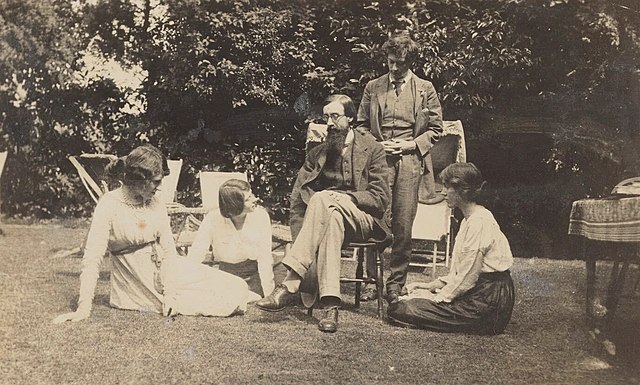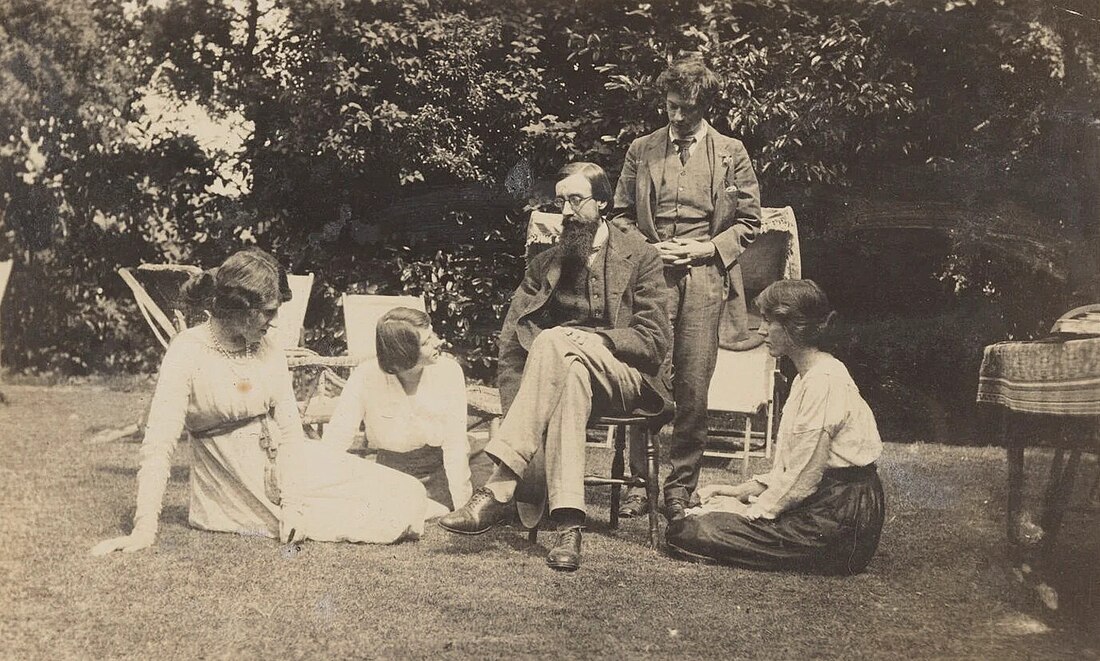Literary circle
Group of students who discuss literature From Wikipedia, the free encyclopedia
A literary circle or coterie, according to The Oxford Dictionary of Literary Terms, is a "small group of writers (and others) bound together more by friendship and habitual association than by a common literary cause or style that might unite a school or movement. The term often has pejorative connotations of exclusive cliquishness".[1]


A literary circle differs from a writing circle, in that the latter usually includes only writers and the focus is on the process of writing. A literary circle also differs from a literary society, in that the latter need not contain any writers; members of a literary society come together to discuss or celebrate literary works or authors.
Famous or noteworthy examples include:
- Wilton Circle, UK, 16th-century group centred on Mary Sidney
- The Muiderkring, Netherlands, early 17th century
- Literary Salon, Argentina, 1830s, which included the President of Argentina, Domingo Faustino Sarmiento and Juan Bautista Alberdi, the main thinker behind the Constitution of Argentina
- Wuppertal poets' circle, Germany, 1850s
- Streatham Worthies, UK, late 18th century
- The Bloomsbury Group, UK, c. 1907 to 1930
- The Mutual Admiration Society, UK, 1910s
- Whitechapel Boys, UK, early 20th century
- Algonquin Roundtable, USA, 1919–1929
- Florida Group, Argentina, 1920s, which included Jorge Luis Borges
- Boedo Group, Argentina, 1920s
- Stratford-on-Odéon, France, 1920s
- El Floridita literary circle, Cuba, 1920s, which included Ernest Hemingway
- The Harlem Renaissance, USA, 1920s and 1930s
- The Inklings, UK, c. 1930s and 1940s
- South Side Writers Group, USA, 1930s and 1940s
- Budh Sabha,[2] India, 1932 —
- Misty poets, China, 1970s to 1990s
See also
Notes
Further reading
External links
Wikiwand - on
Seamless Wikipedia browsing. On steroids.
